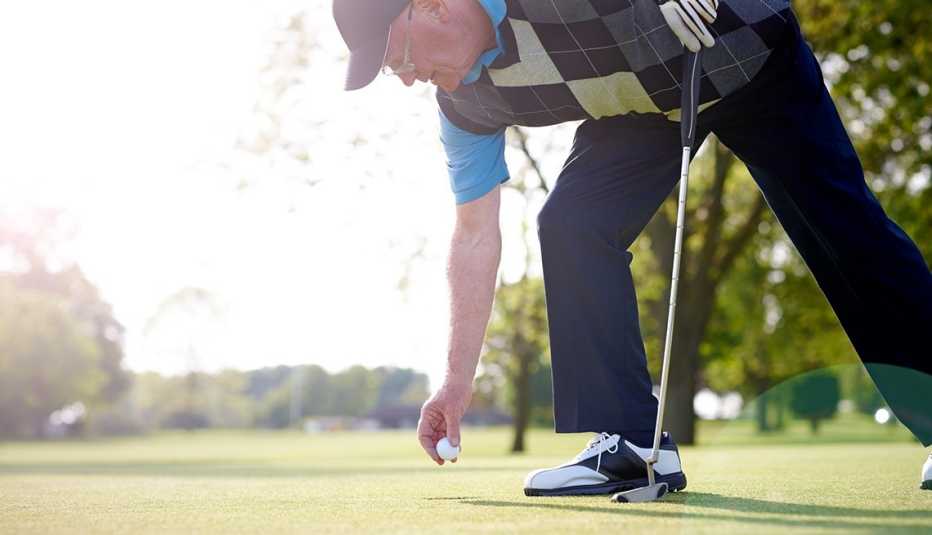AARP Hearing Center
Your mother always nagged you to stand up straight. But even if you followed her advice all these years, sitting for so long in front of screens — and age itself — have likely taken your posture down a few notches.
"We begin to naturally lose muscle mass in our 30s, and it really starts to accelerate in our 50s,” explains Christina Rodriguez, a physical therapist at the Hospital for Special Surgery in New York City. “But we need this muscle strength and endurance to hold us upright and stand up against gravity.”
Bone loss is also common (think osteoporosis and osteopenia), and women are particularly susceptible to its effects since they tend to lose more bone mass than men.
As people age, they also may notice a decline in their balance, which leads them to look down more, further throwing off their posture. “All these age-related changes together can lead to rounded shoulders and a forward head tilt, which affects your posture and also can cause neck, shoulder, upper-back and lower-back pain,” Rodriguez says. Not to mention the fact that many folks tend to sprout a spare tire around their middle, which leads to a weight redistribution that puts even more stress on the spine.
But there is also another big, controllable reason why we're all so slumped over: We're sitting too much. “Many of the age-related spine changes we see in older adults are from us taking on these prolonged, fixed positions in our work environments — like sitting in a cubicle all day, staring at a computer screen — that we weren't designed for,” explains Chad Adams, a chiropractor at the Center for Integrative Medicine at the Cleveland Clinic. “Ultimately, our bodies start to adapt to it, and it becomes our natural structure."
That's a problem, he adds, because poor posture often leads to your body unevenly distributing force throughout your joints and tissues, which can lead to problems like hip, knee and back pain as well as other conditions like degenerative disc disease.
Get Moving with AARP Fitness Experts
The good news: If your poor posture's due to years of sitting slouched over and/or general muscle weakness and limited flexibility, then it most likely can be significantly improved with a few general day-to-day lifestyle tweaks. Some conditions that can affect your posture by accentuating the natural curve in your upper spine — like osteoporosis, degenerative disc disease and vertebral fractures — aren't as easily addressed. But even in these cases, you can still take steps to prevent it from worsening.


































































